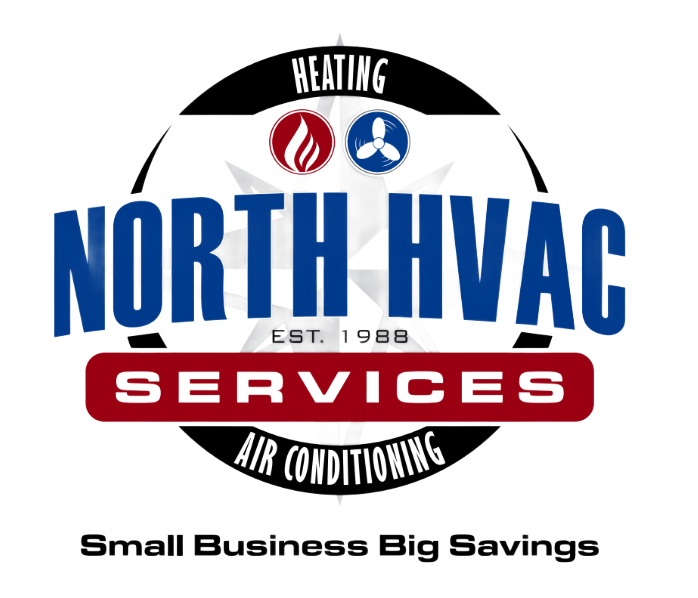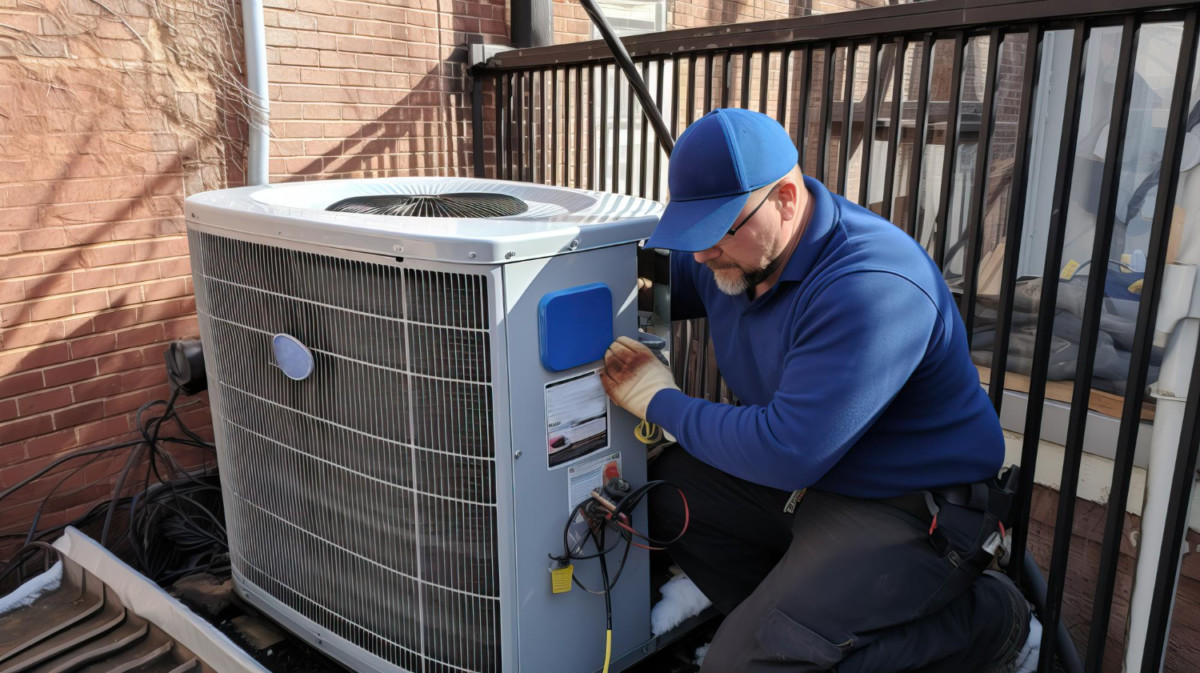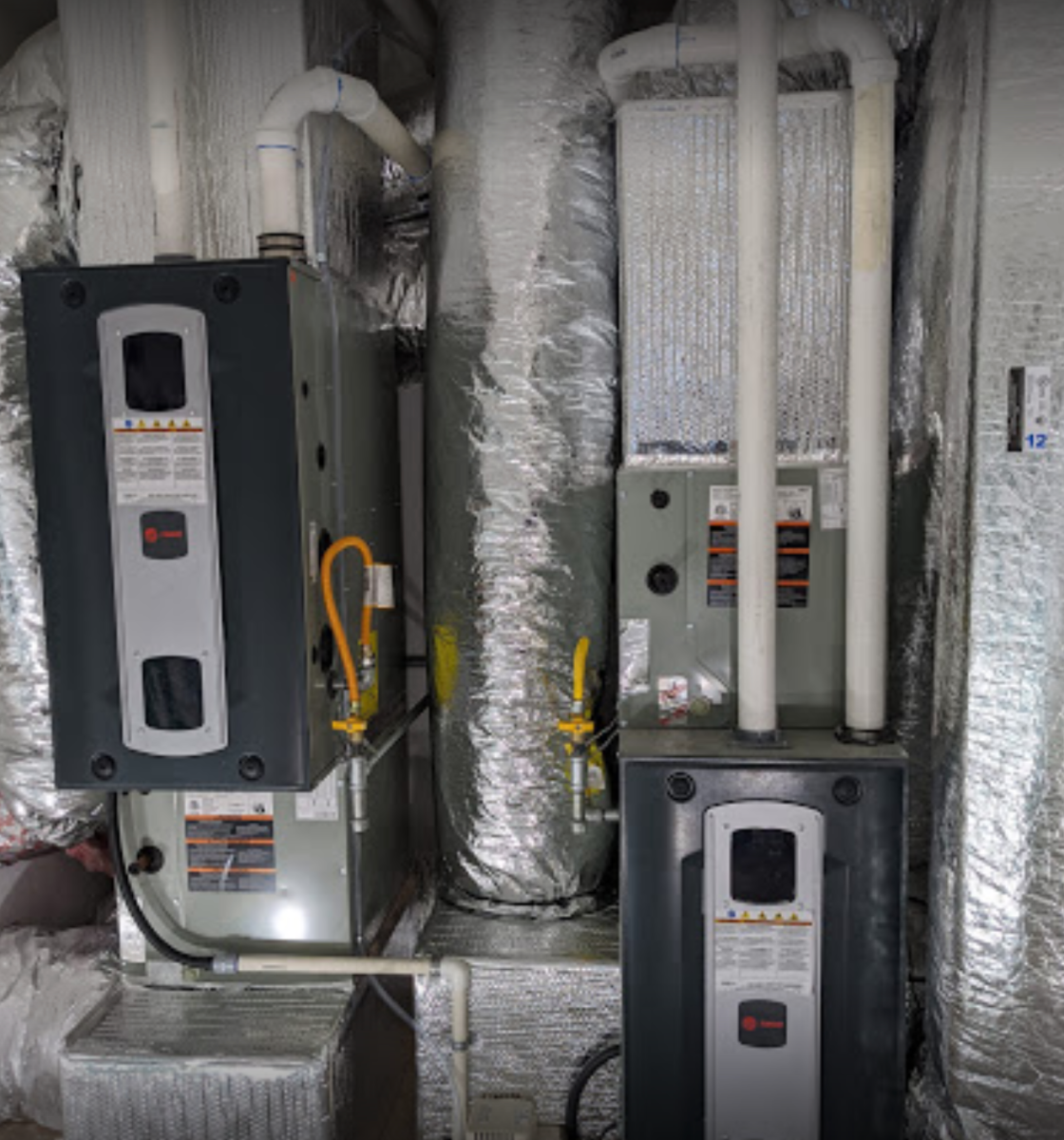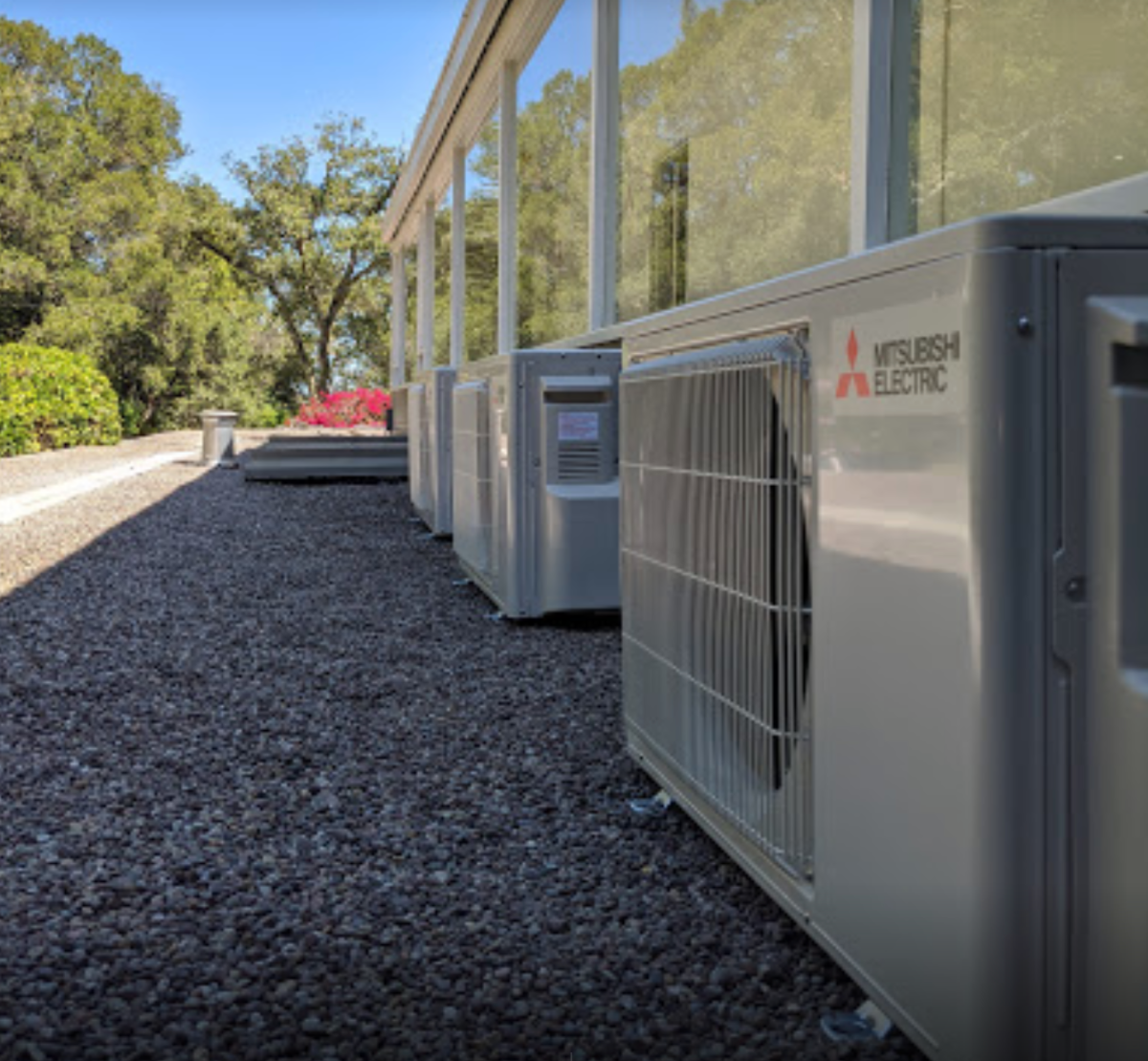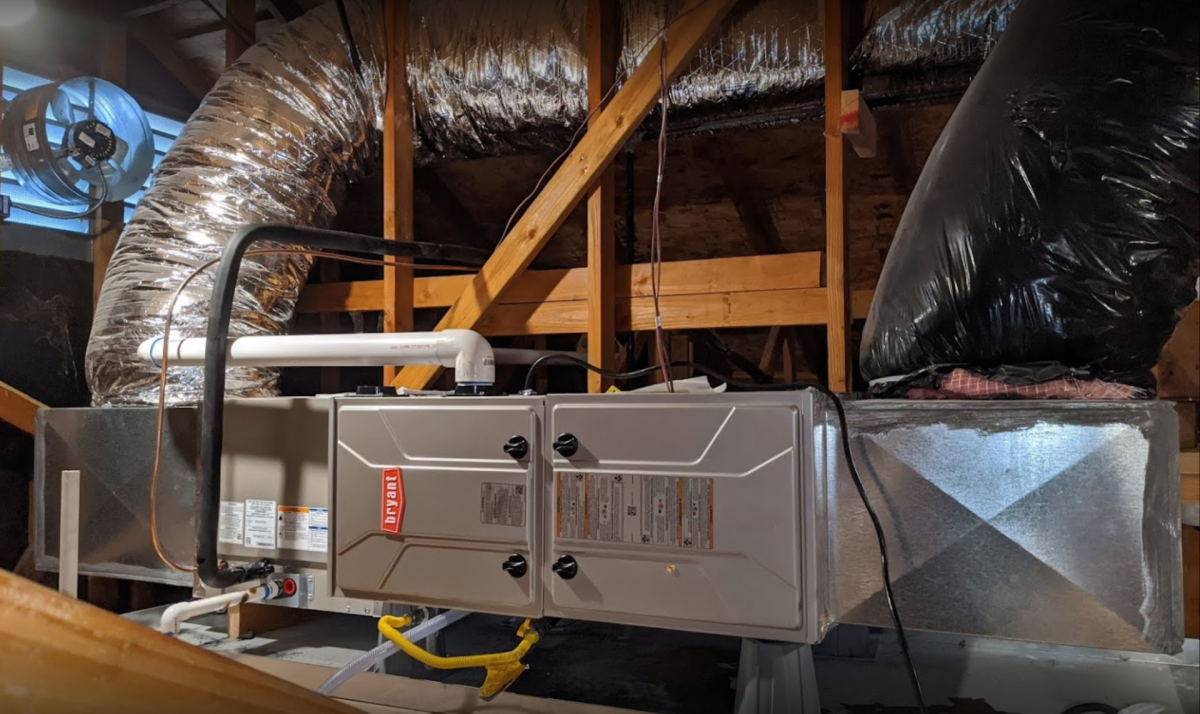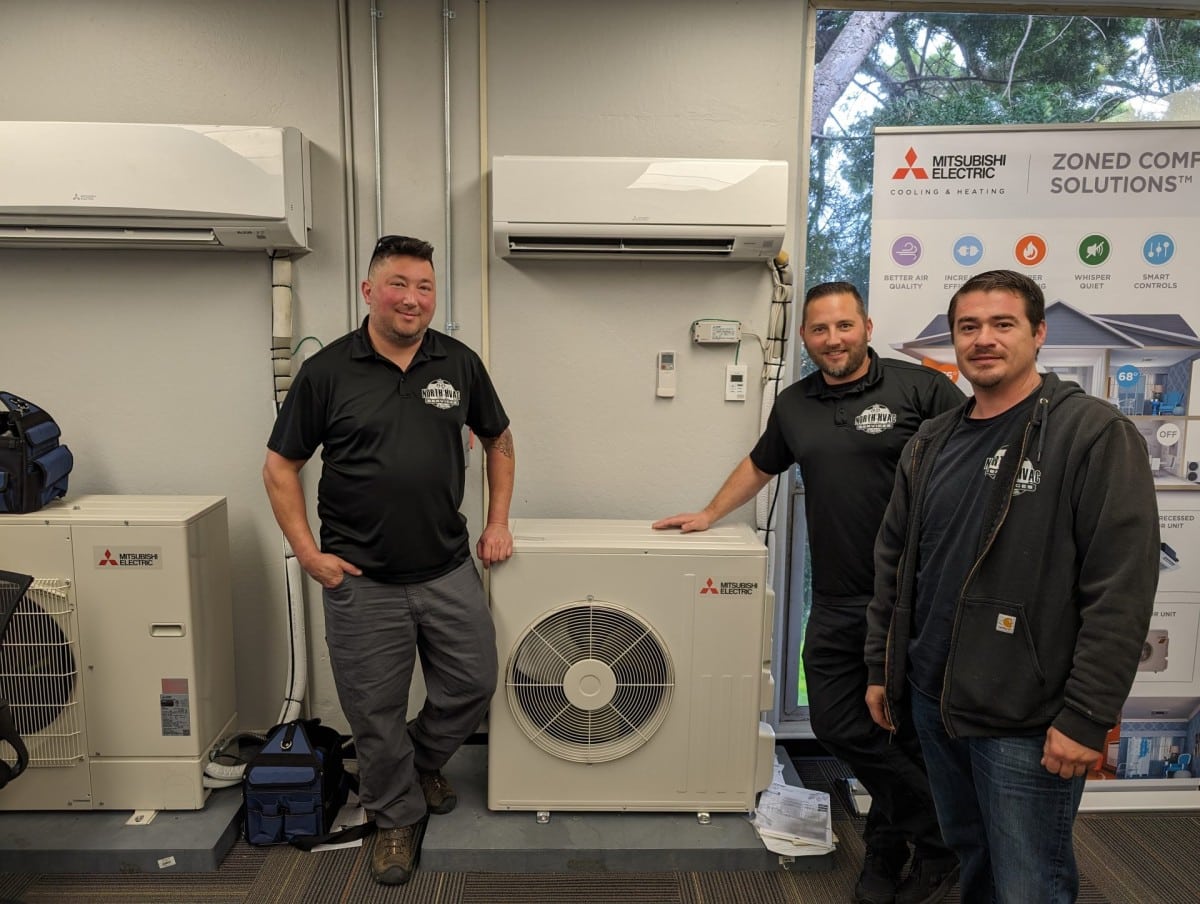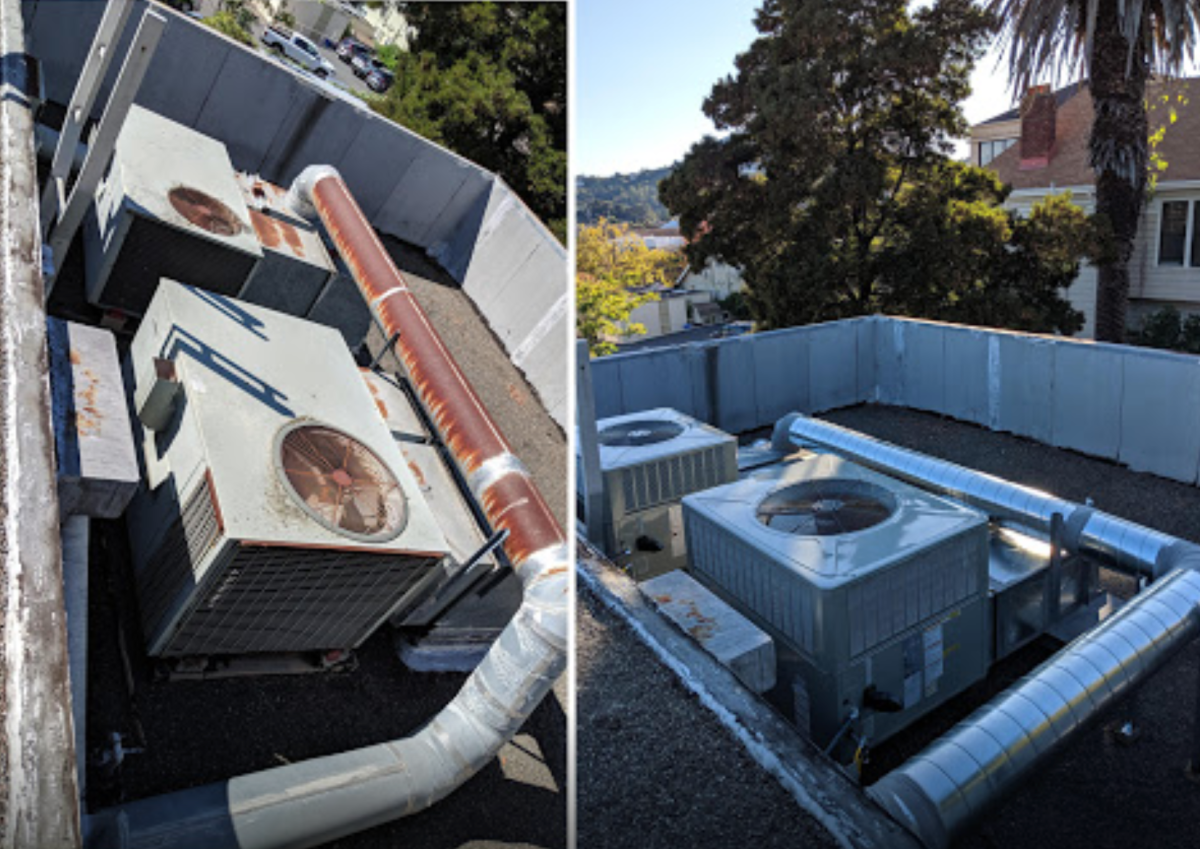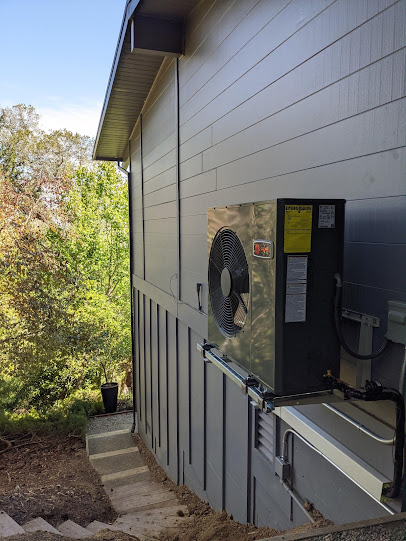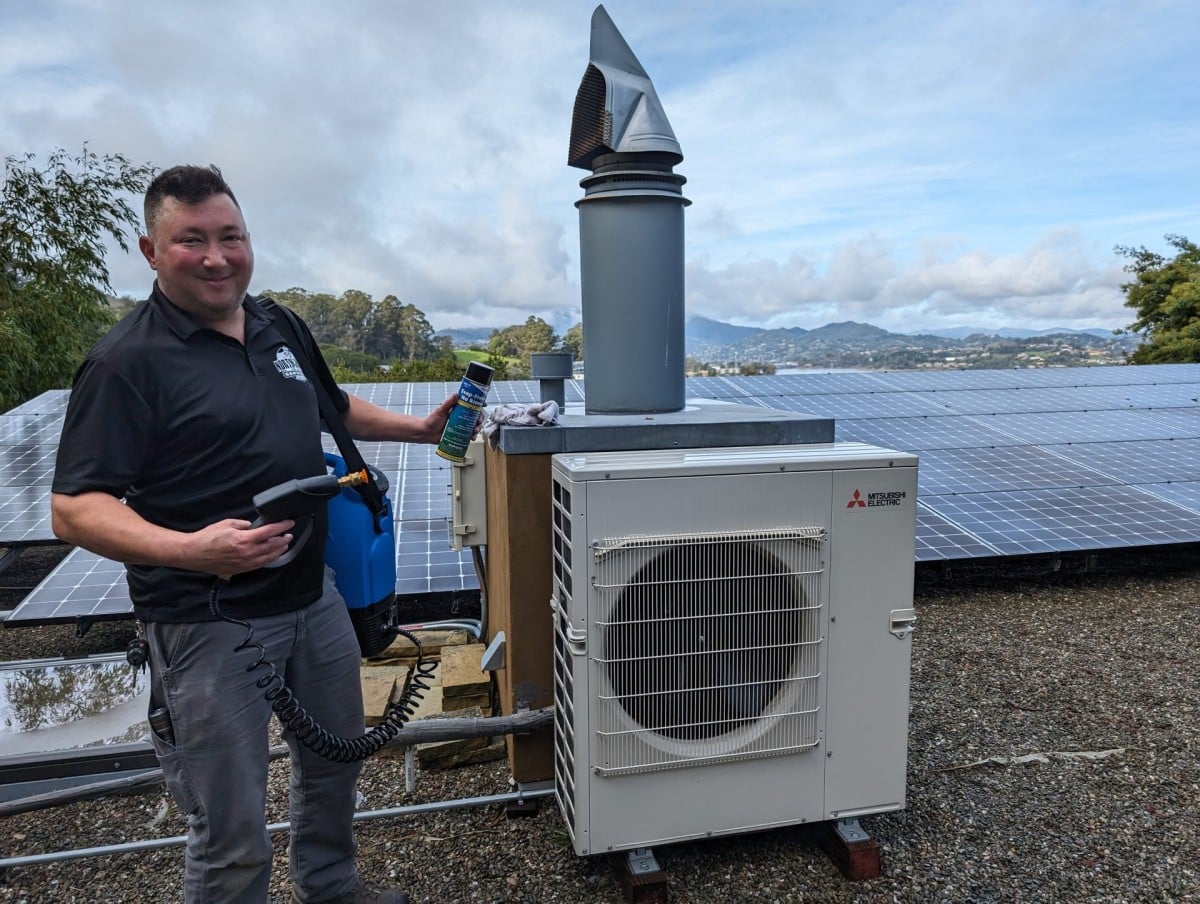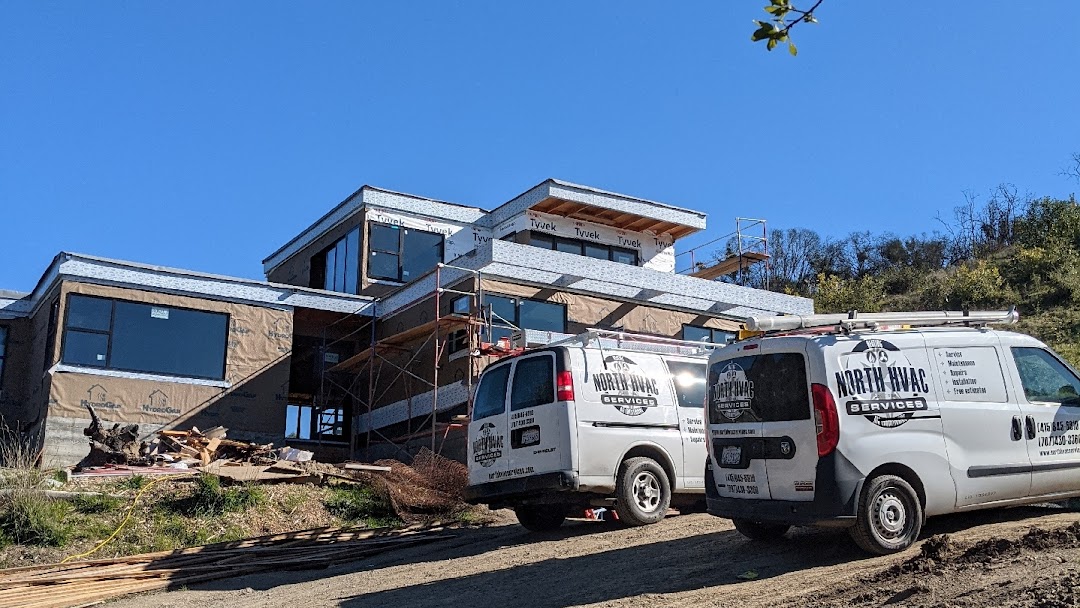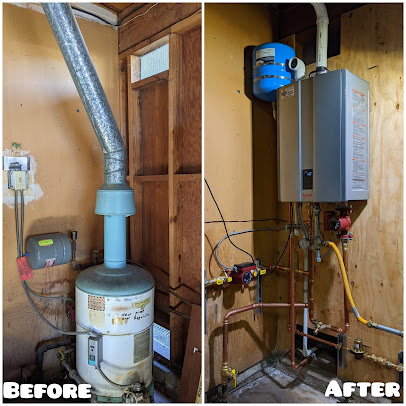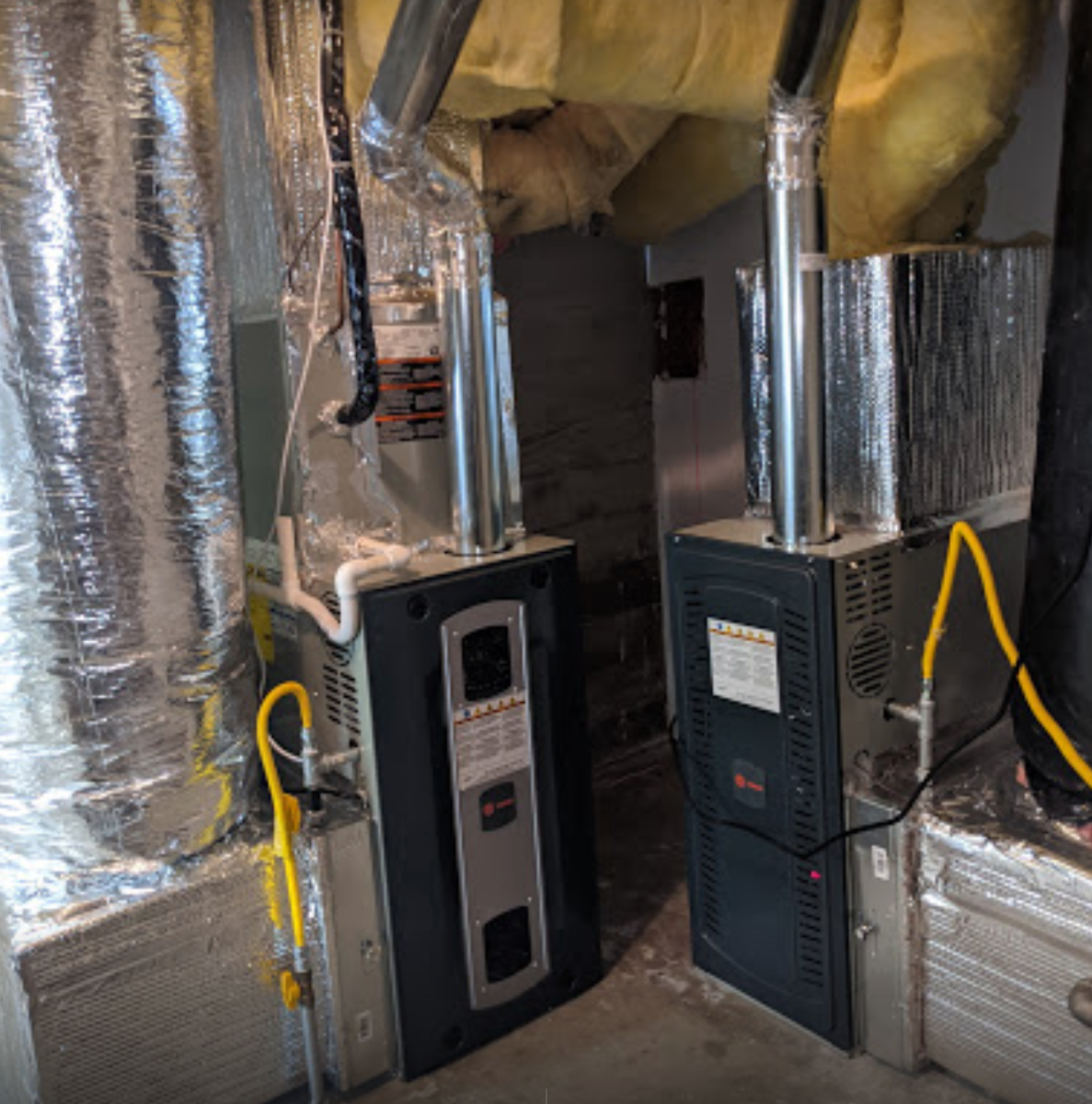HVAC repairs are part of homeownership, especially in Northern California where heating and cooling systems run year-round. But there’s a point where repairs become a cycle, and your system starts costing more than it’s worth.
If your air conditioner or furnace is on its last legs, knowing when to replace instead of repair can save you money, energy, and stress. This guide outlines the most common signs it’s time to stop patching your HVAC system and start planning for a full replacement.
Your HVAC System Is More Than 15 Years Old
The average HVAC system lasts between 12 and 20 years. If yours is 15+ years old, even small repairs might not be worth the investment.
Older units also run less efficiently, especially compared to newer ENERGY STAR models. Even if it’s technically still running, you’re likely paying more each month to keep it going.
Warning signs of an aging system include:
-
Long run times to reach set temperature
-
Uneven heating or cooling
-
Noisy startup or shutdown
-
Yellow or flickering burner flames (in gas furnaces)
In Sonoma and Marin counties, where summers are getting hotter and wildfire season lasts longer, your HVAC system now has more work to do than when it was installed. If your equipment is more than 15 years old, it’s time to start looking at replacement options.
Want to know your system’s expected lifespan? North HVAC Services can inspect and assess your equipment — call (415) 845-6910 to schedule a system evaluation.
You’re Paying for Repairs More Frequently
One repair isn’t a red flag. But when repairs start piling up every season, you’re throwing money at a system that won’t last much longer.
If you’ve had to replace multiple components — like capacitors, blower motors, control boards, and compressors — your system is breaking down piece by piece. That’s usually a sign of end-of-life wear.
Keep track of repair costs over the last two years. If you’re spending more than 25–30% of the cost of a new system, replacement is usually the better investment.
Your Utility Bills Keep Increasing
If your usage hasn’t changed but your energy bills are rising, your HVAC system is likely losing efficiency.
This happens gradually as internal components wear out, motors slow down, and refrigerant levels decline. An older system may need to run longer to achieve the same result, which burns more electricity or gas in the process.
High bills with no obvious cause? That’s often one of the earliest signs your system is nearing the end. Newer systems with higher SEER ratings and variable-speed components can cut your usage by 20–40%.
Your Home Has Uneven Heating Or Cooling
Do some rooms stay cold while others overheat? That could be a sign your HVAC system no longer distributes air properly.
This could be caused by:
-
Weak blower motors
-
Damaged or leaking ductwork
-
Failing thermostats
-
Low refrigerant or improper charge
-
Short cycling due to overheating or pressure issues
If these issues persist even after repairs, it could be that your system simply can’t keep up anymore. Newer systems are designed with advanced airflow balancing, two-stage compressors, and smarter zoning controls.
Your System Uses Banned Or Obsolete Refrigerant
If your AC system was installed before 2010, it may use R-22 refrigerant — also known as Freon. R-22 is no longer produced or imported in the U.S., making it extremely expensive to refill.
If your older system develops a leak, recharging with R-22 could cost hundreds, and that’s if you can find it.
Modern systems use R-410A or other newer blends, which are more efficient and widely available. Replacing a system that uses R-22 is often the only realistic long-term option.
Your HVAC System Is Noisy Or Smells Strange
Grinding, rattling, squealing, or burning smells from your HVAC system aren’t just annoying — they’re warning signs.
Common sources of HVAC noise and odors include:
-
Loose or broken fan blades
-
Motor failure
-
Overheating electrical components
-
Cracked heat exchangers
-
Mold or bacteria buildup in ducts
Sometimes these issues can be repaired. But if they keep returning, or if they involve safety concerns (like a cracked heat exchanger), full replacement is often the safest and most cost-effective move.
You’re Struggling With Indoor Air Quality
An aging HVAC system can’t circulate and clean your indoor air the way it used to. You may notice:
-
Dust building up quickly
-
Increased allergy symptoms
-
Humidity issues
-
Musty or stale air in certain rooms
While duct cleaning or adding filtration can help, if your system’s blower or filtration design is outdated, it may be time to start over with equipment designed for today’s IAQ standards.
Many new systems are built to work with MERV 13 filters, HEPA kits, and advanced humidity controls. North HVAC Services installs high-efficiency systems across Napa and Sonoma that include optional air purification — call (415) 845-6910 for options that protect your home’s air long-term.
You’re Remodeling Or Planning To Sell Your Home
Replacing your HVAC system before a major remodel or home sale can help avoid costly disruptions later. It also increases the home’s resale value and appeal to buyers.
Today’s homebuyers are more aware of energy costs, filtration, smart controls, and indoor comfort. An outdated system can hurt negotiations, especially in higher-end markets like Petaluma, Sebastopol, or San Rafael.
A new, high-efficiency system helps your home stand out and can qualify for rebates from PG&E and BayREN when installed by a qualified contractor.
Your System Lacks Modern Features And Compatibility
New HVAC systems come with features that make life easier, healthier, and more efficient. If your current system isn’t compatible with smart thermostats, zoning, whole-house air purification, or variable-speed operation, that may be the final push you need to upgrade.
Homeowners today expect more from their HVAC system:
-
Quieter operation
-
Wi-Fi remote control
-
Built-in diagnostics
-
Integration with home automation
-
Cleaner, healthier air year-round
Sticking with outdated equipment limits your comfort, flexibility, and energy savings.
Use The Repair vs. Replacement Rule Of Thumb
Still unsure whether it’s time to replace? Try this formula:
Multiply the cost of the repair by the age of the system.
If that number is higher than the cost of a new system, replacement usually makes more sense.
Example:
-
$600 repair × 14 years = $8,400 → likely time to replace
-
$300 repair × 6 years = $1,800 → likely worth repairing
This isn’t a hard rule, but it’s a helpful way to evaluate repair costs in context.
Stop Spending on Repairs and Upgrade With Confidence
An HVAC system that’s constantly breaking, driving up bills, or failing to keep your home comfortable isn’t just frustrating — it’s costing you more every year. Knowing when to stop repairing and start replacing is the key to long-term comfort, safety, and savings.
North HVAC Services helps homeowners throughout Sonoma, Marin, and Napa counties compare replacement options, evaluate equipment life, and secure energy-efficient systems that qualify for rebates. Call (415) 845-6910 to schedule an honest system assessment and explore your options with a technician who knows what works in your neighborhood.
